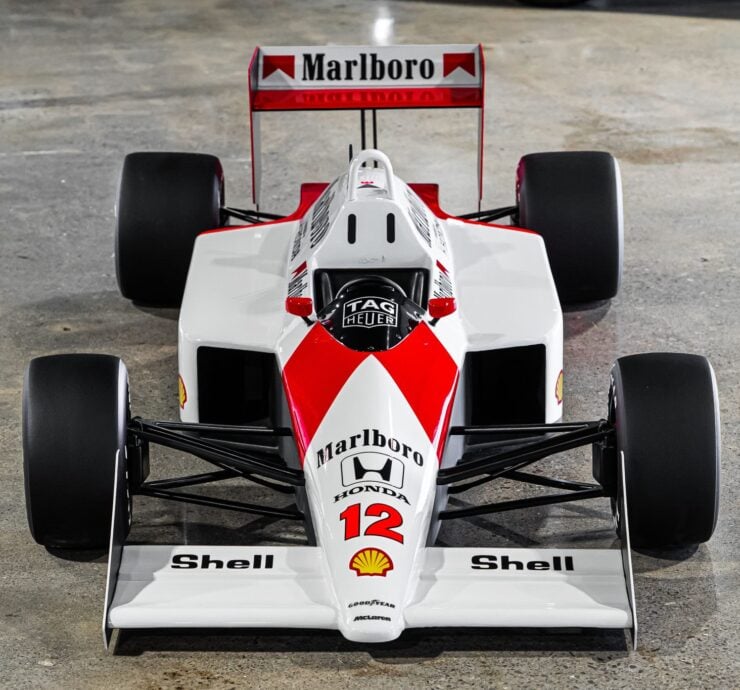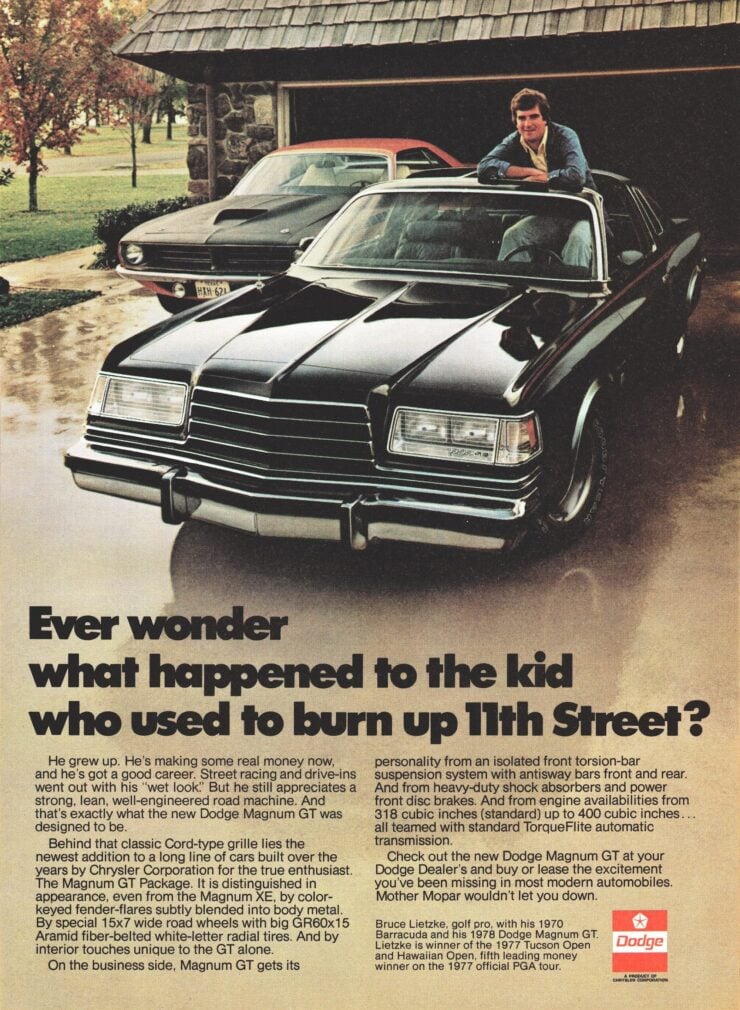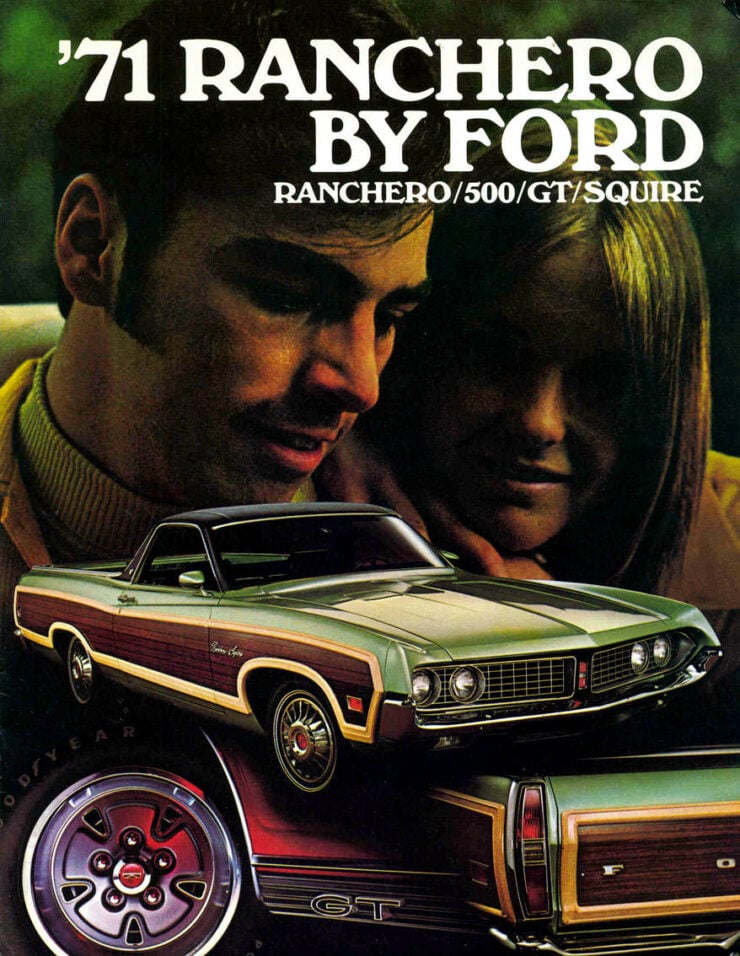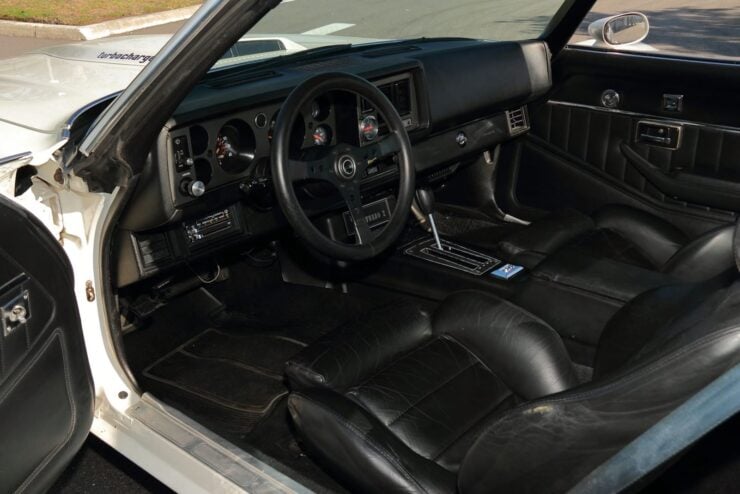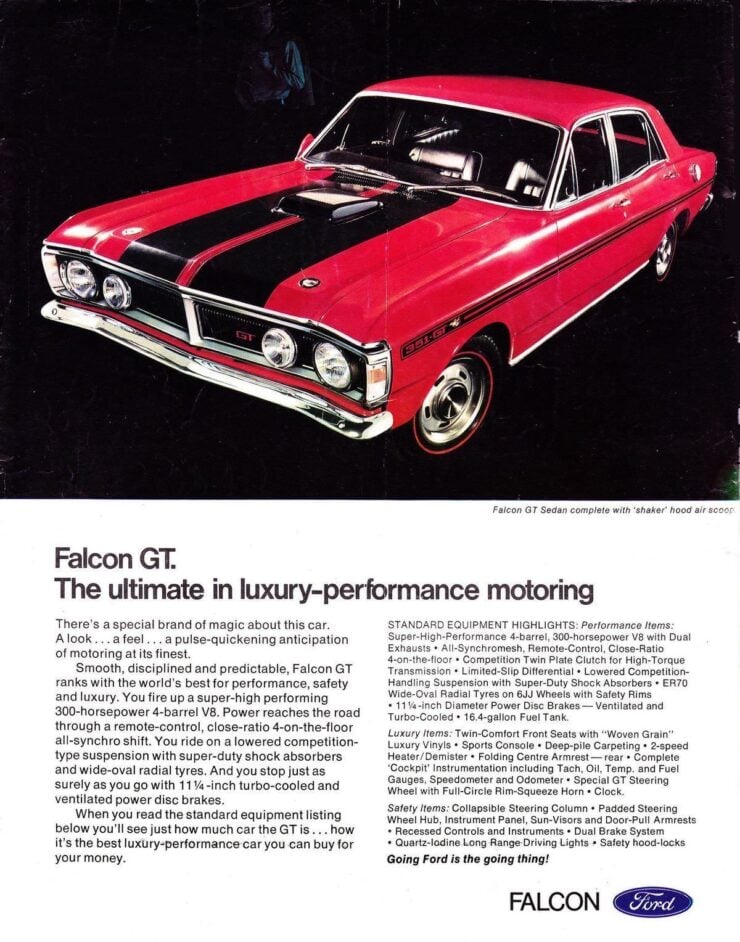This is one of the final 20 examples of the Maserati Mistral that were ever made, it was also the last of the “Casa... The post French Barn Find: A 1970 Maserati Mistral 4.0 appeared first on Silodrome.
This is one of the final 20 examples of the Maserati Mistral that were ever made, it was also the last of the “Casa del Tridente” Maseratis to be powered by a version of the straight-six engine that won the F1 World Championship in 1957.
The Mistral was named after the famous strong cold northerly wind of southern France. A number of Maseratis that followed would also be named after famous winds, including the Ghibli, Bora, Khamsin, Karif, Shamal, and Levante.
Fast Facts – The Maserati Mistral
The Maserati Mistral was first shown to the world at the Turin Motor Show in the autumn of 1963 as a successor to the outgoing Maserati 3500 GT model. The Mistral was named after the strong cold northerly wind of southern France, many other Maseratis that followed would similarly be named after the wind. The Mistral was built on a square section steel chassis of various thicknesses welded together to form a rigid, compact structure. The body was designed by Pietro Frua of Turin, some have called it his most inspired creation. Power was provided by the straight-six that had been developed back in the 1950s. It was an advanced design with twin sparks and double overhead cams that was offered in three sizes: 3.5 liters, 3.7 liters, and 4.0 liters. The more desirable 4.0 liter version was capable of 265 bhp at 5,200 rpm. The Mistral was produced from 1963 until 1970, 953 were made in total, 828 of which were coupes and 125 were Spyders (convertibles). Today the model is one of the more desirable Maseratis of the era, providing comparable performance and styling with period Ferraris at a much lower cost.Maserati’s Last Great Six?
The development of the Maserati Mistral fell into the hands of Pietro Frua, one of the leading Italian coachbuilders and car designers of the era based in Turin, a city in northern Italy that had become a major center of the automobile industry.

This is the chassis of the Maserati Mistral, it’s a complex design made up of box section steel tubing of various thicknesses, all welded together to form a rigid structure. Image courtesy of Maserati.
The chassis of the Mistral was a complex design made up of box section steel tubing of various thicknesses, all welded together to form a rigid structure. The wheelbase was 200mm shorter than the preceding 3500GT model which allowed for a more compact body and a slightly lower curb weight.
Pietro Frua and his team developed an all new design for the body primarily from steel, but the doors, hood and rear window frame were made from aluminum to help reduce weight.
The body is characterized by its inset, upright headlights and sleek front end with the grille under the thin front bumper. Thin A-pillars and ample glass result in excellent visibility for the driver, and the wraparound rear window offers surprisingly good rearward visibility when reversing.
The Mistral was first publicly shown at the Turin Motor Show in the autumn of 1963, initially as a coupe with power provided by a 3.5 liter version of the legendary Maserati inline-six.
This engine that had been developed in the 1950s and versions of it had powered the Maserati 250F Grand Prix cars, winning a total of eight Grand Prix between the years of 1954 and 1960 and winning the Formula One World Championship in 1957 with Juan Manuel Fangio at the wheel.
Maserati Mistral – Specifications
By the standards of the 1960s, and even more so by the standards of the 1950s when it had been designed, the Maserati inline-six was an advanced engine. It had double overhead cams, twin spark plugs per cylinder, hemispherical combustion chambers, and later versions were fitted with a Lucas indirect fuel-injection system.
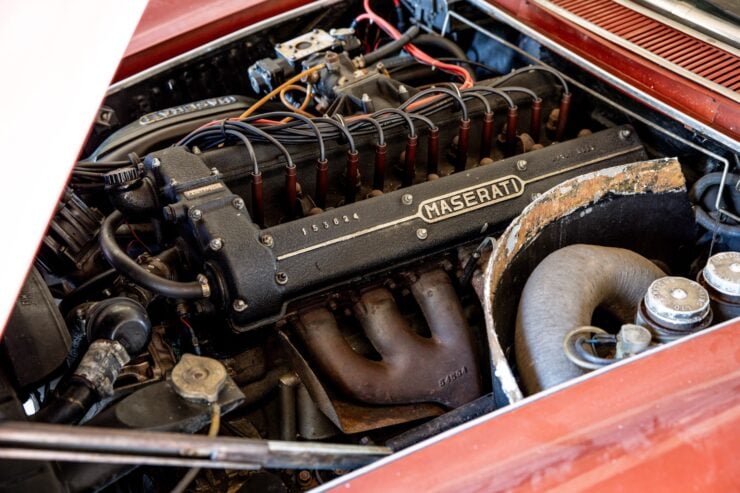
This is the 4.0 liter version of the famous Maserati straight-six, and engine that had been developed in the 1950s and powered the Italian company to its one and only Formula One World Championship in 1957.
In the Mistral the engine started out with a displacement of 3.5 liters and 235 bhp however it was quickly updated to the 3.7 liter version producing 245 bhp, later cars were fitted with a 4.0 liter version producing 265 bhp – these are typically the most highly sought after examples today.
Power was sent back through a 5-speed ZF manual transmission and the Mistral rode on independent front suspension with a live axle rear end – a common arrangement at the time. Power disc brakes were fitted front and rear, with sold steel rotors.
Coupe and Spyder (convertible) variants were built, though there were far more coupes at 828 versus 125 Spyders for a total of 953. Both the tin top and drop top versions had 2+2 seating, with small rear seats best suited to children or perhaps adults for shorter journeys.
The Mistral was replaced with the Ghibli, which actually entered production in 1967 and sold parallel to the Mistral for three years.
The 1970 Maserati Mistral 4.0 Shown Here
The 1970 Maserati Mistral 4.0 you see here is said to be one of the final 20 examples of the model that were produced. It came from the factory with the rare option of Campagnolo wheels, as seen on the Ghibli.
This car was shipped from the factory to France, arriving at the Thepenier dealership in Paris on the 12th of March 1969 finished in Rame Metallizzato over a Nero leather interior. The first owner was a Mr Moschetti, it passed through the hands of Marie Helenne Lindemann before it was bought by the current owner and now seller in 1988.
Among other things the car was used for dropping his children off at school, before long life got in the way and the car was parked away and almost forgotten about, spending decades out of the weather collecting dust in a garage.
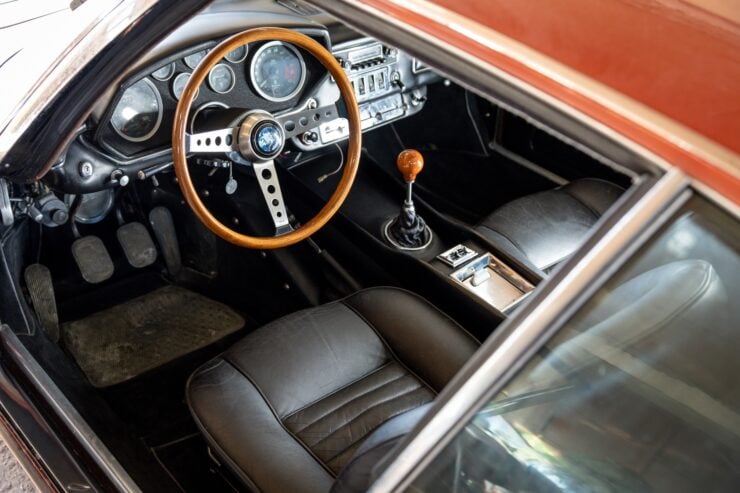
The interior of the car is very well laid out, certainly on par with the Ferraris and Lamborghinis of the time.
Maserati Classiche has confirmed the car retains its matching-numbers engine, and it still has its factory-correct colour scheme inside and out. The car is showing 42,389 kilometers on the odometer, which is approximately 26,339 miles, and it comes with Maserati Classiche data, a tool kit, and spare Campagnolo wheel.
It’s now due to roll across the auction block with RM Sotheby’s on the 31st of January with a price guide of $65,000 – $85,000 USD. If you’d like to read more about it or register to bid you can visit the listing here.
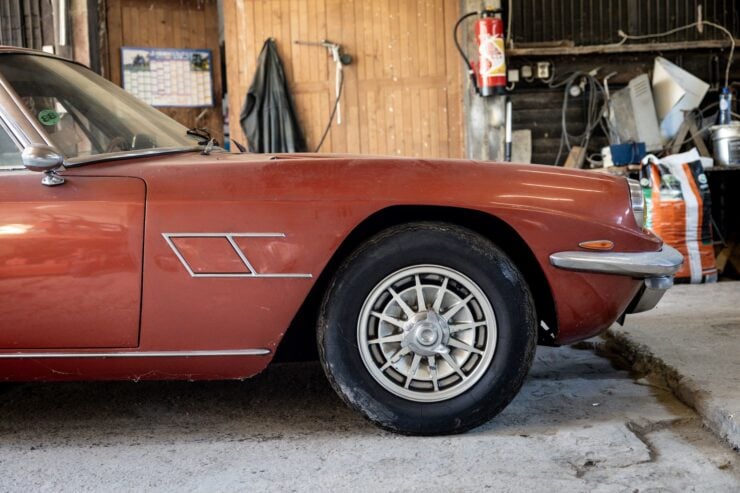
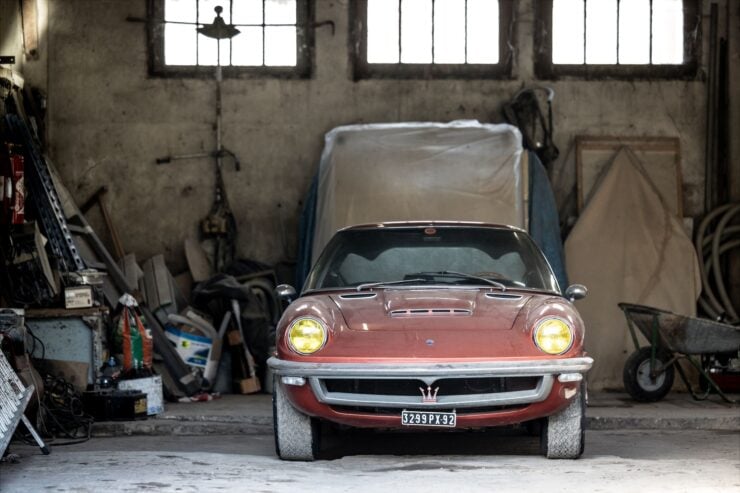

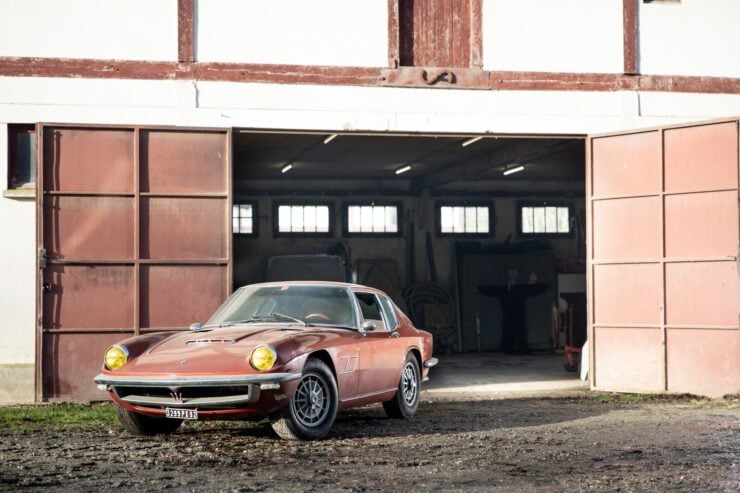
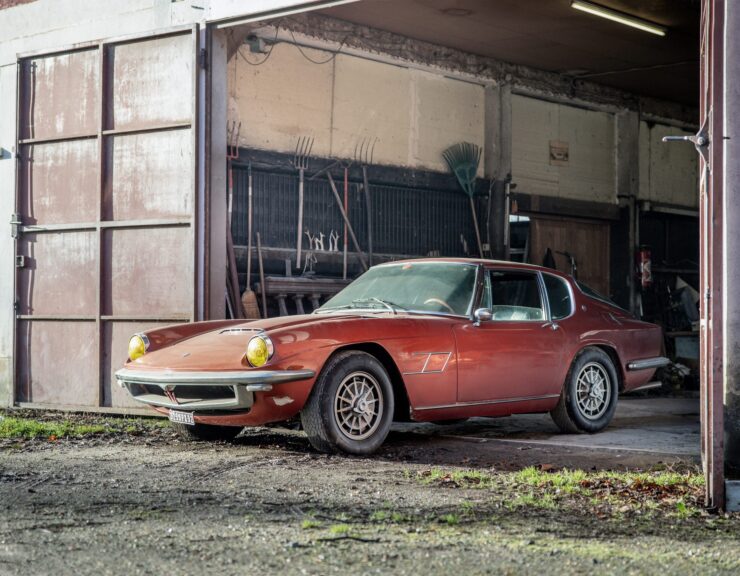
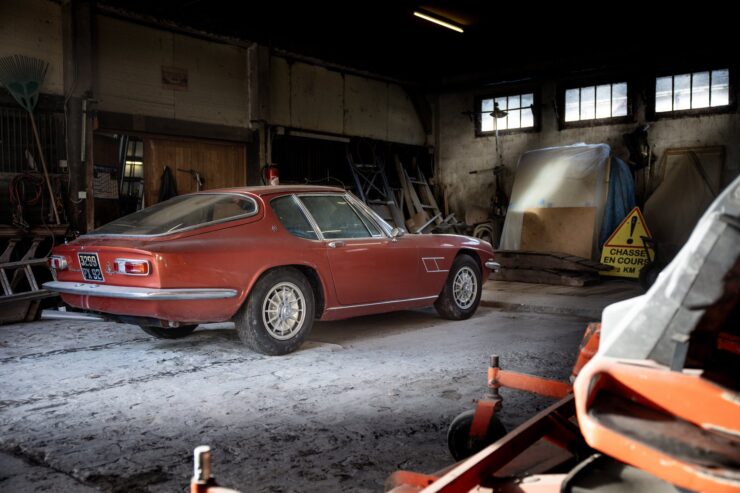
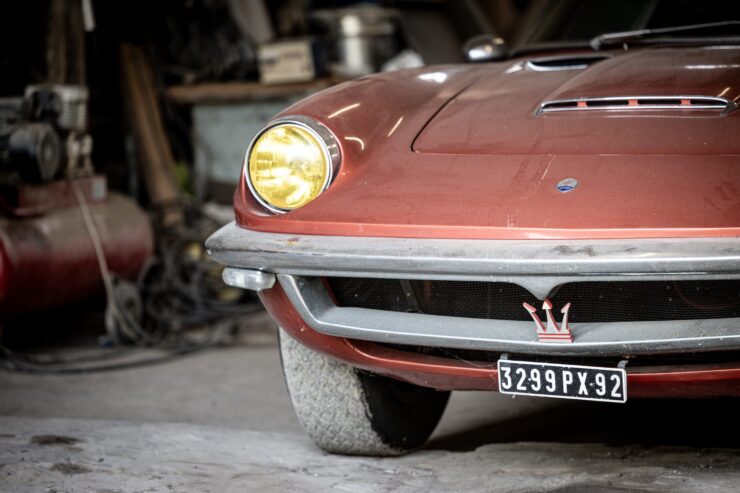
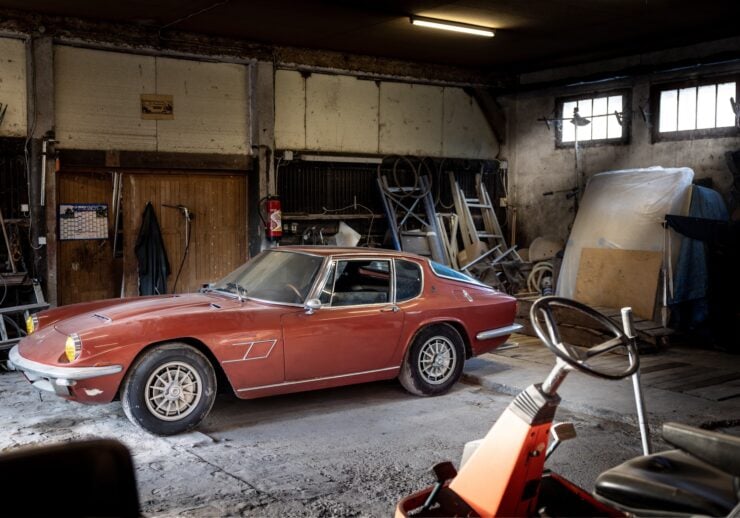
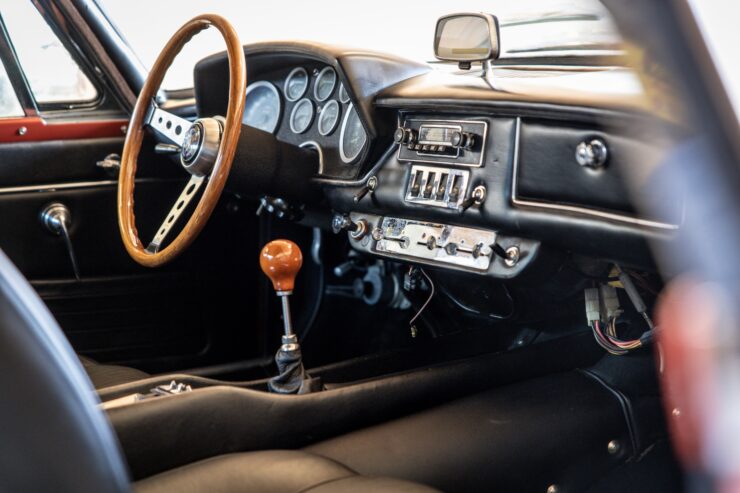
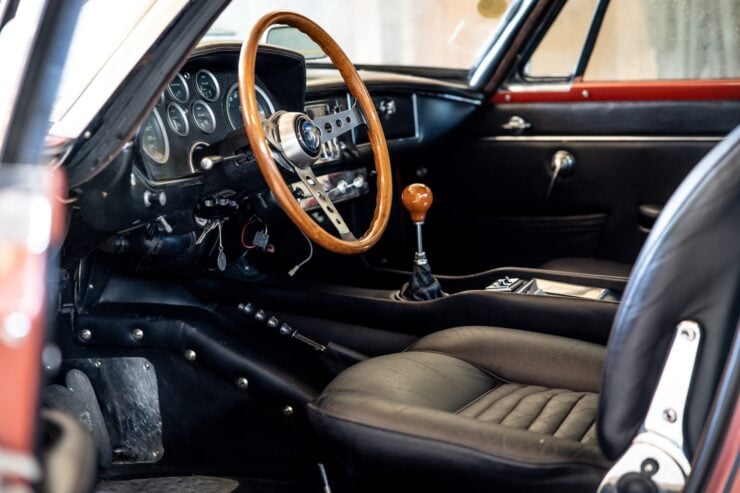
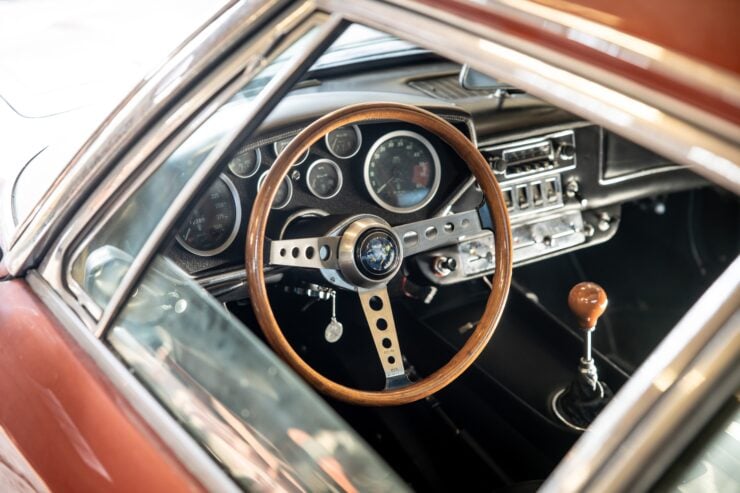
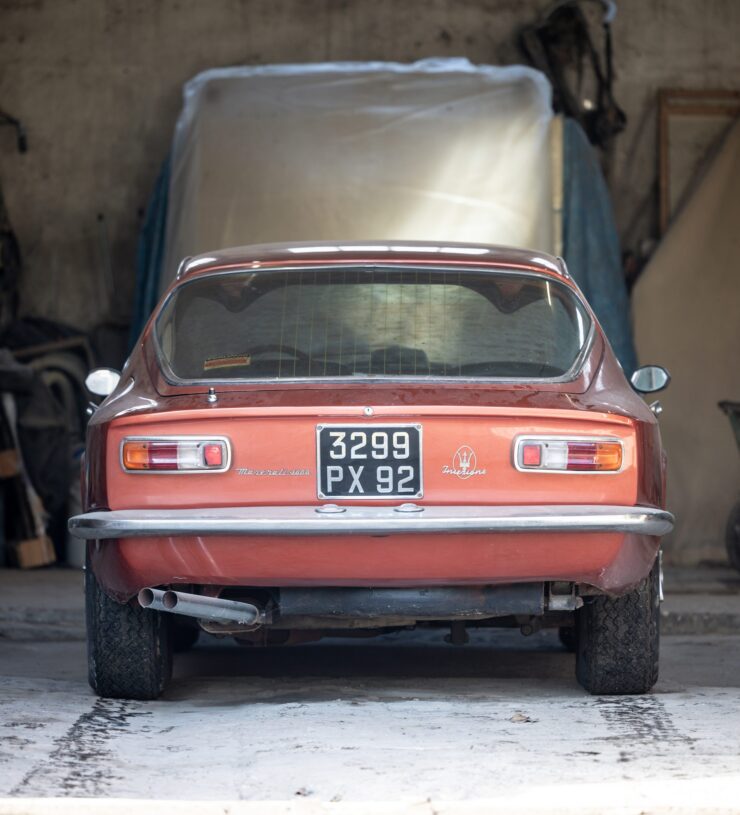
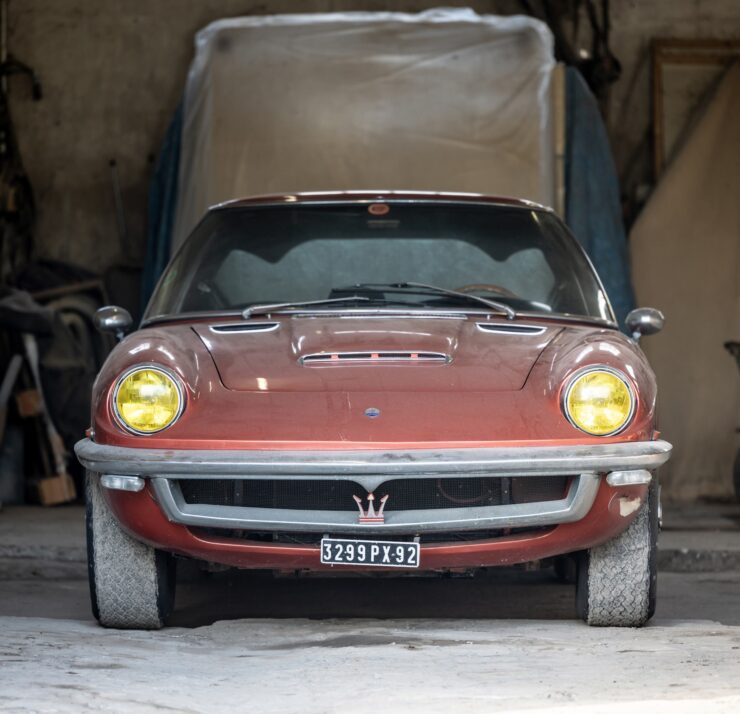
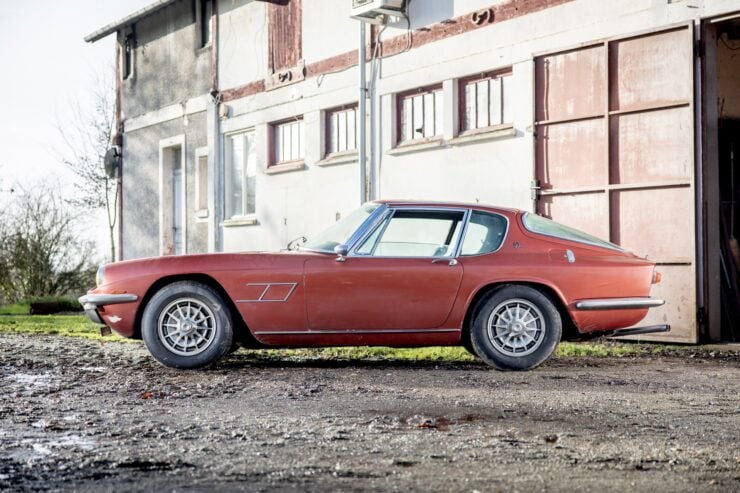
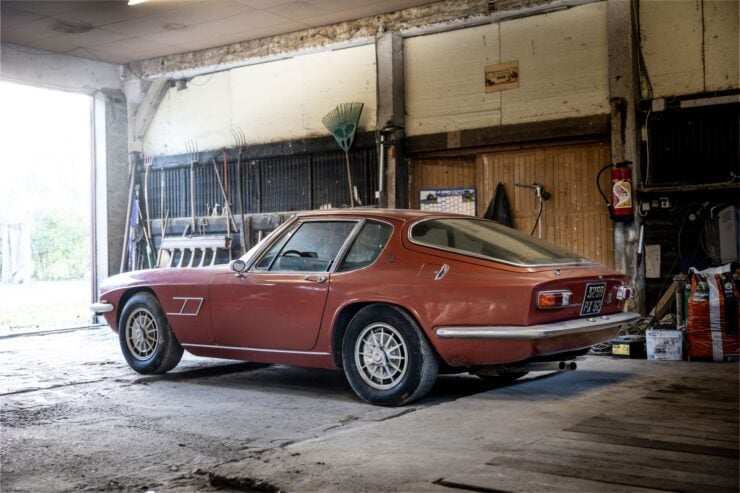
Images: Neil Fraser ©2023 Courtesy of RM Sotheby’s
The post French Barn Find: A 1970 Maserati Mistral 4.0 appeared first on Silodrome.




